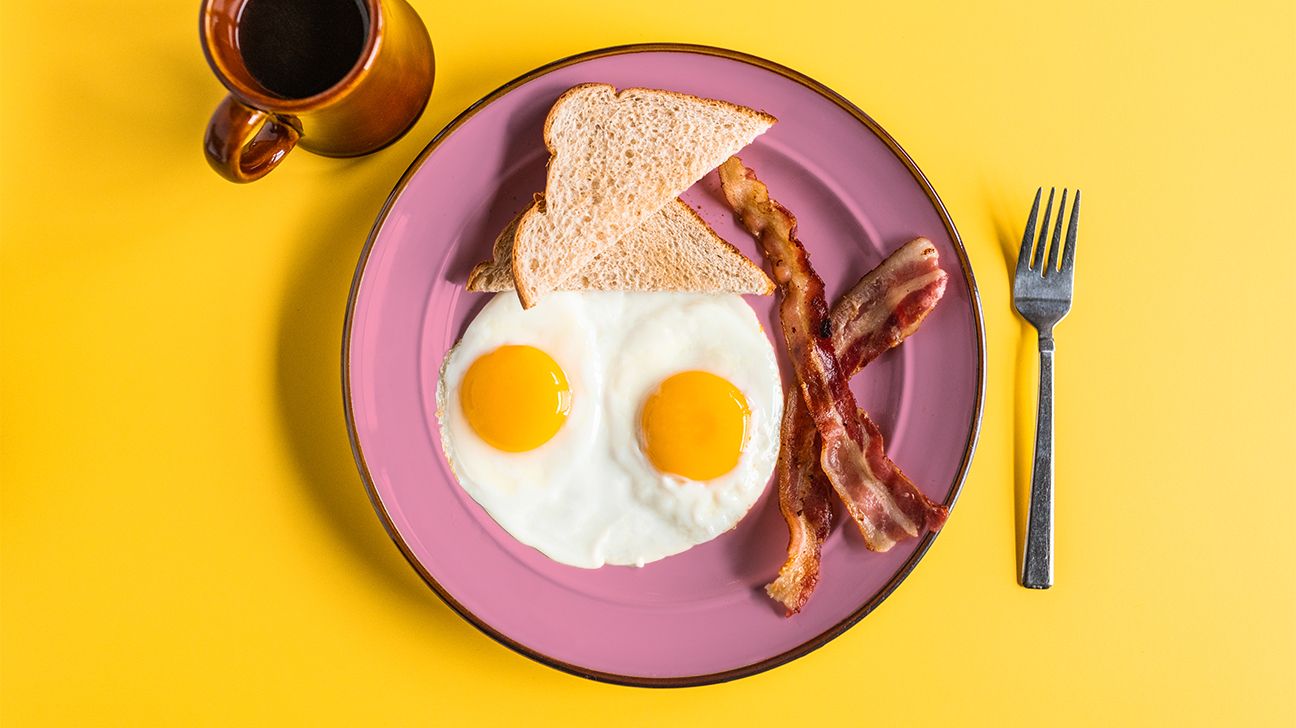The average consumer buying a carton of chicken eggs at the store or farmers market can’t tell the difference between a fertilized egg and an unfertilized egg from outside the shell. Chances are you’ve never eaten a fertilized egg, because nearly all eggs sold commercially are produced by hens that have not mated, says Lauren Cobey, media representative for the American Egg Board.
The difference between fertilized and unfertilized eggs comes down to whether a rooster has been involved or not. Hens do not need a rooster to lay an egg; they do so (almost daily) on their own simply according to light patterns. However, if a rooster does mate with a hen, the eggs she produces are fertilized and, under the right incubation conditions, can bear chicks. No rooster means zero possibility of the egg ever becoming anything more than that.
When fertilized eggs are sold for consumption, there is no danger of eating a developing embryo, says Cobey, for a few reasons: All eggs sold in the United States as food must be refrigerated, a process that halts any growth inside the shell. Also, the interior of any egg intended to be sold as food must be inspected—accomplished by shining a bright light through the shell (called candling)—which highlights any irregularities, such as a developing chick. These regulations hold true whether the eggs are intended for a large chain like Safeway or for the farmers’ market. Eggs with irregularities never make it to retail and are destroyed (except for that one time).
Nutritionally, says Cobey, fertilized and unfertilized eggs are the same. They also taste the same, says Kathy Shea Mormino in her “Facts & Myths About Fertile Eggs” article on her blog, The Chicken Chick. Mormino is an attorney as well as a backyard-chicken keeper, advocate, and educator who’s appeared in The Wall Street Journal, Associated Press and on local and national TV, radio, and podcasts.
If you find a blood spot inside an egg, it doesn’t mean that egg was fertile either, Mormino says. A blood vessel and rupture at any point in a hen’s reproductive system as a result of a vitamin A deficiency, genetics, or some random occurrence. People may think so because fertile eggs develop veins around day 4 of incubation, but it doesn’t look like a blood spot.
That said, if you’re still on board with eating eggs, we have some delicious (unfertilized) egg recipes you gotta try.
1. Black Bean Cakes with Fried Eggs and Avocado Crema
Make these cakes spiced with hot sauce and herbs along with the crema, ahead of time and then all you have to do is fry some eggs when your guests are over for brunch. Get our Black Bean Cakes with Fried Eggs and Avocado Crema recipe.
2. Baked Eggs with Kale, Portobellos, and Feta
This recipe is inspired by a recipe in “My Paris Kitchen” by David Lebovitz. Do you need much more than that? Get our Baked Eggs with Kale, Portobellos, and Feta recipe.
3. Warm Fava Bean and Chanterelle Salad with Poached Eggs
Favas get the treatment they deserve in this dish that requires you to shell them and cook the creamy beans along with fingerling potatoes and mushrooms. Get our Warm Fava Bean Salad recipe.
4. Breakfast Sandwich with Pesto Scrambled Eggs and Crispy Pancetta
Anytime we can slip some pesto into a recipe, we will. How could pesto not improve scrambled eggs? Get our Breakfast Sandwich with Pesto Scrambled Eggs and Crispy Pancetta recipe.
5. Egg, Cheese, and Chive Tartlets
These tartlets are pretty and pretty easy to make. And with these ingredients, you know it will go over well at a brunch. Get our Egg, Cheese, and Chive Tartlets recipe.
6. Bacon and Cheddar Deviled Eggs
If you’re throwing a cocktail party and not serving deviled eggs, well, there is a good chance I’m not coming back. Just kidding, but try these easy, salty, unfertilized snacks at your next shindig and watch the smiles multiply. Get our Bacon and Cheddar Deviled Eggs recipe.

